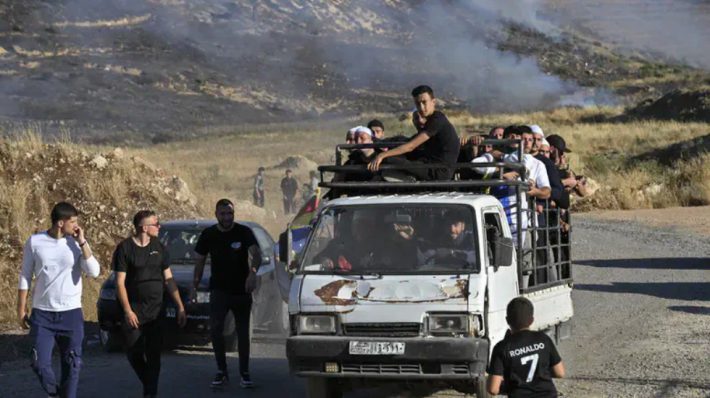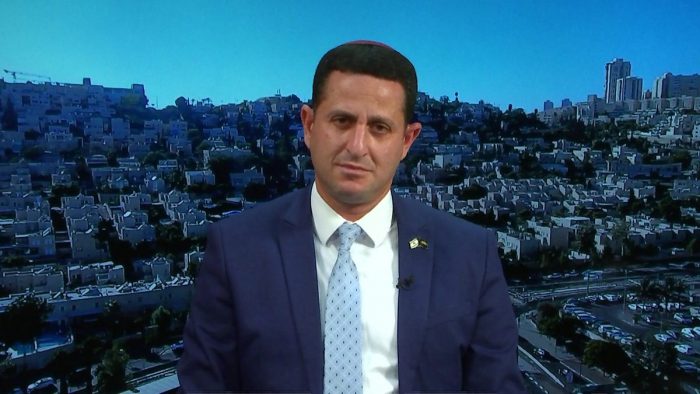Jihadist militias reportedly killed at least five Russian soldiers in western Syria, signaling rising chaos and escalating regional power struggles following Assad’s regime collapse.
Western Syria – A series of previously undisclosed clashes between jihadist Islamist militias and Russian forces has left at least five Russian soldiers dead, according to confidential Western intelligence sources speaking to Galei Tzahal (IDF Radio).
The confrontations, which reportedly occurred in May, mark a dramatic escalation in the turbulent Syrian theatre, where geopolitical interests continue to collide amid the post-Assad power vacuum.
The militias involved are believed to be affiliated with Abu Mohammad al-Jolani, the jihadist commander of Hayat Tahrir al-Sham (HTS), who has been maneuvering to expand his territorial influence across Syria. While these jihadist factions were historically aligned with al-Jolani, the extent of their coordination with the current Syrian regime remains uncertain. Notably, it’s still unclear whether the attacks on Russian troops were state-sanctioned or rogue actions amid the region’s growing instability.
Though the Assad regime has effectively collapsed, Russia continues to maintain a scaled-down military presence in Latakia and other parts of western Syria. Most of Russia’s advanced military hardware and troops have been redeployed elsewhere, particularly following intensified involvement in the Ukraine war. These recent fatal skirmishes are among the most serious incidents involving Russian personnel in Syria in months and suggest that Russia’s remaining footprint is increasingly vulnerable.
Israeli intelligence sources note that Al-Jolani’s ambitions are now sharply focused on expanding his hold over critical Syrian territories, particularly the Suwayda region in the south and the Latakia coast in the west. These areas are considered pivotal for strategic depth and legitimacy. If he successfully seizes Suwayda, the next flashpoint could well be Latakia, a region where clashes with Russian forces may intensify.
The current situation paints a picture of fractured sovereignty, where jihadist factions, remaining pockets of Russian forces, and fragmented Syrian militias all vie for control. With anarchy spreading, and external powers still entangled in the Syrian puzzle, regional escalation remains a real threat.





